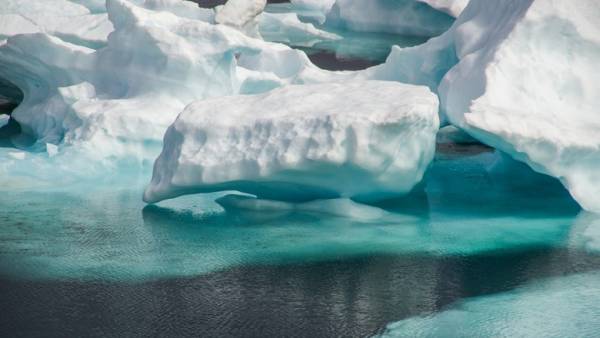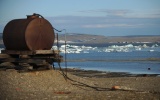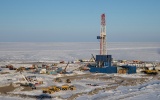In the Arctic ocean found a “heat bomb”
The climatologists found that in the lower layers of water in the Canadian basin (Western part of the Arctic ocean) accumulate a large amount of warm water.
Upstairs
As reported in the journal Science Advances, its sources are surface waters of the Chukchi sea, which become very hot in recent years. If the warm waters reach the surface, they can melt the ice that covers the region most of the year.
News Helmets, barrels and kungas: what can be found during cleaning on a desert island
Helmets, barrels and kungas: what can be found during cleaning on a desert island
One of the more obvious consequences of global warming — the melting of the polar ice sheets and the increase in the average level of the world ocean. One of the most vulnerable regions is the Arctic in the Russian part of the melting accelerated by about half during the last decade. Mass of water from melted ice has reached the level of 4.4 billion tons, despite the fact that prior to 2010, the ocean came to about 2.2 billion tons. This situation is worrying scientists because it affects the planet’s climate, the inhabitants of the polar regions and humans.
A group of researchers under the leadership of Mary-Louise Timmermans (Mary-Louise Timmermans) from Yale University analyzed how the situation has changed in the Canadian basin, which is located in the inner part of the Arctic ocean. In it there is a noticeable vertical salinity gradient: the closer to the surface are relatively fresh and cold layers (temperatures vary depending on time of year), and under them — more dense salty and warm water.

It is believed that the source of water in the lower layer is the Pacific ocean, whose waters go to the basin via the Chukchi sea and the coastal reaches of Alaska. Past work has shown that the temperature of the warm component has increased significantly between 2003 and 2013. Now the researchers decided to expand the time frame of the analysis and see how it has changed over the last 30 years (1987 to 2017).
To find out, the researchers used data tool Ice-Tethered Profiler, which measures the change in water temperature at depths up to 750 meters, and the database World Ocean Database 2013. It turned out that, over the entire period the bottom water layer in the Canadian basin is warmer by almost half. In addition, the height of this warm layer is increased by about 80 centimeters.
In addition, the researchers tracked how varied the situation in the Chukchi sea, which has a great influence on the warm layer of water.
News Warming will pump more oil from the Russian Arctic
Warming will pump more oil from the Russian Arctic
It turned out that in the past 30 years, it is experiencing abnormal heat. If before its surface was covered with glaciers, which reflected the sun’s rays, they are now melting, revealing all the more area to heat. The warm water then moves North behind Arctic winds — this phenomenon is called Bavorska circulation. Reaching the Canada basin, warm streams down below.
The study shows that global warming threatens the Arctic not only by direct melting of ice at the edges of the polar caps. According to climatologists, if the warm layer mix with the upper, cooler layer, it will lead to the complete melting of ice in the Canadian basin. According to a less negative forecast, the ice will remain, but will be much thinner. However, it is also bad for the local ecosystems.